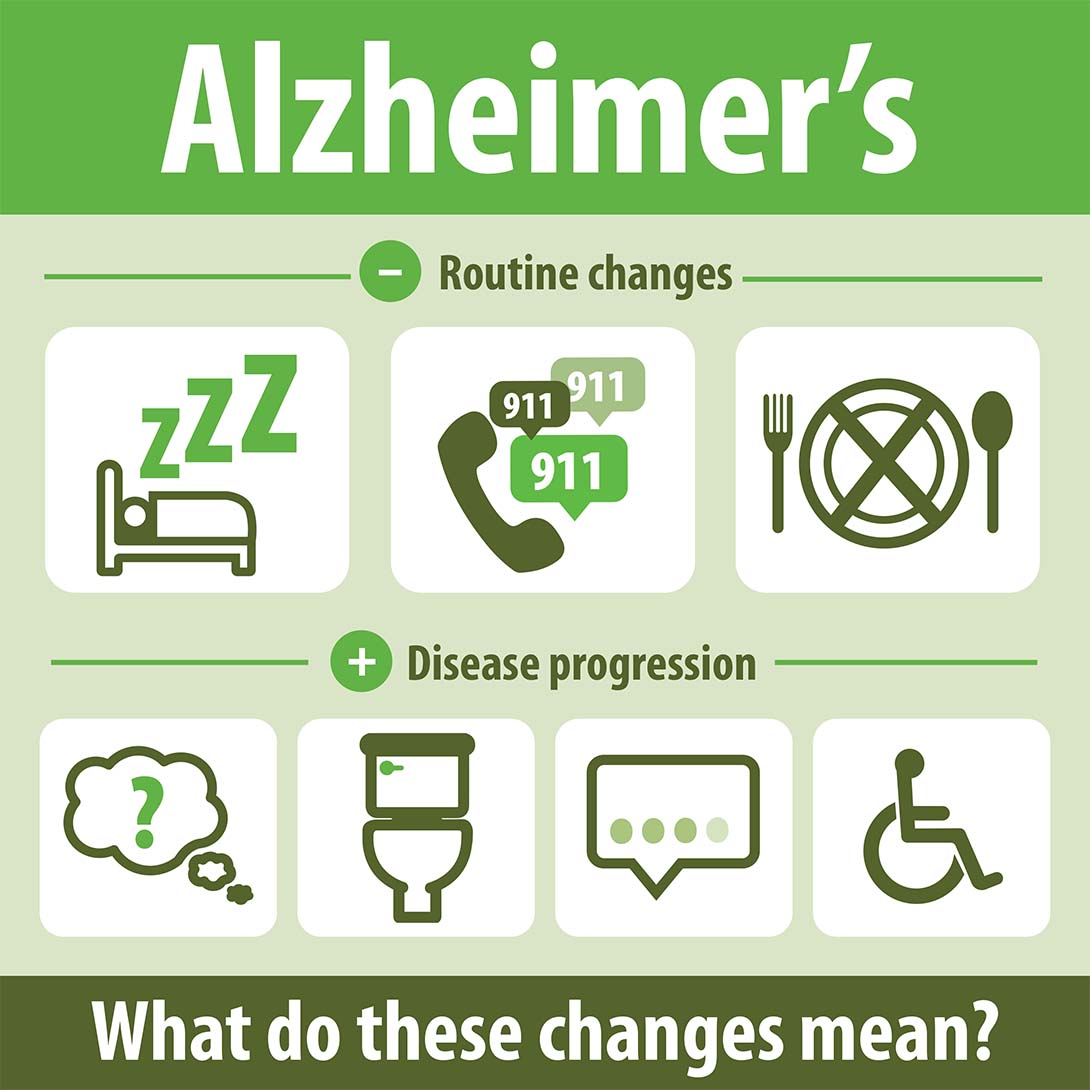ALS Patients: When is it Time for Hospice?
Around this time last year, Amyotrophic Laterals Sclerosis (ALS) grabbed headlines because of a viral social media fundraiser for the disease: the Ice Bucket Challenge. The challenge filled social media timelines with videos of ice buckets being dumped on friends, family and celebrities in support of ALS patients and the ALS Association.
At Crossroads Hospice, we were proud to show support for our ALS patients like Candice Black who issued an ice bucket challenge to Miranda Lambert and ultimately had the opportunity to meet her at a show.
What is ALS?
ALS, sometimes called Lou Gehrig’s disease, is a progressive neurodegenerative disease that affects nerve cells in the brain and spinal cord. Throughout the course of the disease, wasting and atrophy occurs in all voluntary muscles including those that are used for swallowing and respiration.
The average life expectancy after an ALS diagnosis is two to five years, but according to theJournal of Hospice and Palliative Nursing, the often slow and unpredictable nature of the disease means that 10 percent of patients live more than 10 years after their diagnosis.
As the muscles decline, it can become increasingly difficult for even the most devoted caregiver to shoulder the responsibilities alone. Hospice care is a good option to provide caregivers with additional support in the home or a long-term-care facility.
Hospice Care and ALS
The goal of hospice care is to provide comfort, which includes relief from pain and breathing difficulties. The team approach of hospice care with visiting nurses, aides, chaplains, volunteers and social workers can be great support for not just the pain, but for families who have been providing at-home care.
Hospice care is appropriate for an ALS patient diagnosed with six months or less to live if the disease continues its usual progression. For patients or families considering the support of hospice, there are a few key things to look for in determining whether the patient may be eligible:
- Structural/functional impairments
- Impaired structures of the nervous system
- Impaired mental function and communication
- Impaired sensory functions and pain
- Impaired neuromusculoskeletal, movement functions and mobility
- Onset of secondary conditions contributing to terminal prognosis
- Self-care deficit
- Activity limitations
Once an ALS patient is admitted to hospice, the care team will begin making visits to provide relief from pain, personal care, companionship, and emotional and spiritual support.
Hospice can also help ease financial burdens by providing medication and medical devices such as beds, wheelchairs and other personal care items.
“The availability of hospice services for patients and families suffering with ALS has been an important addition to end of life care for ALS patients,” says Dr. Jonathan D. Glass of the Emory ALS Center. “The professional and compassionate care provided by hospice nurses and staff eases the way for our patients, and offers needed support for families and caregivers. Hospice is an important and embedded partner in our multidisciplinary care at the Emory ALS Center.”
If you know someone with ALS and think Crossroads Hospice may be right for them, contact us now, or give us a call at 888-564-3405.
If you found this information helpful, please share it with your network and community.
Copyright © 2015 Crossroads Hospice. All rights reserved.




